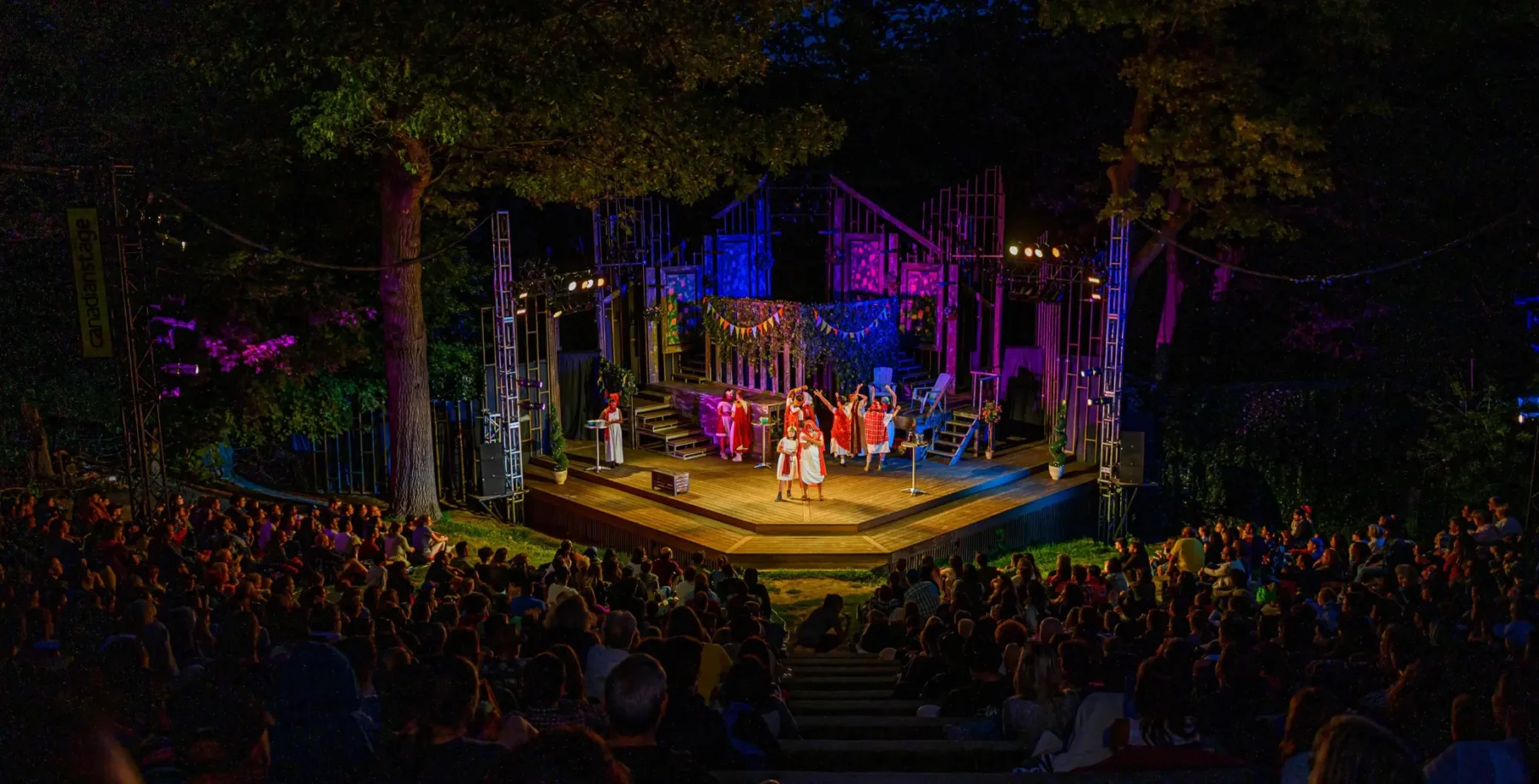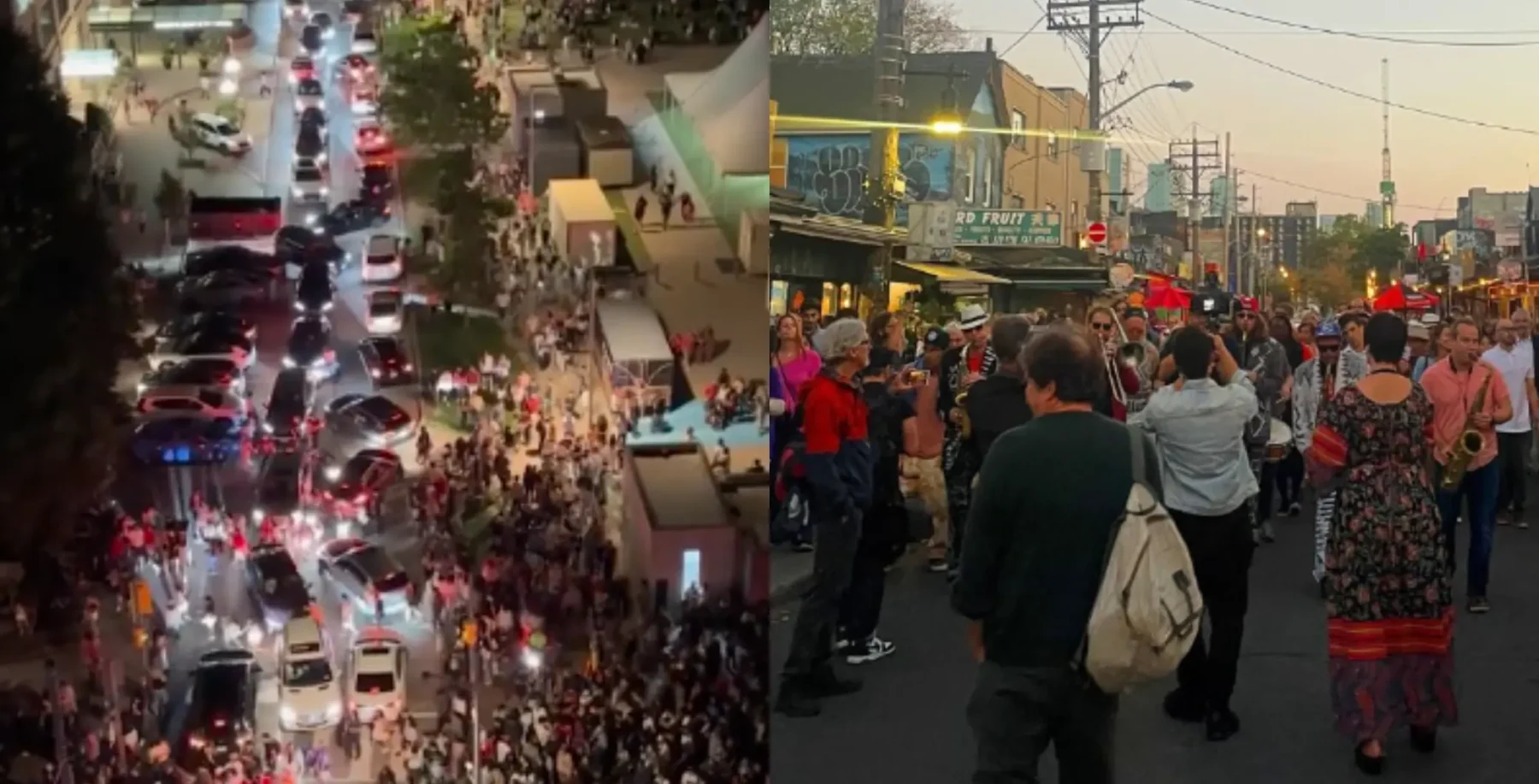
Rating: NNNNN
A new concept doesn’t count until a statistician counts it. So we know there’s been a conceptual breakthrough when Statistics Canada releases a study adding up the indicators of the country’s “social capital.”
And it’s about time. The recently published Statscan 2003 General Social Survey shows that social cohesiveness is as crucial to business and the personal health of citizens as highways and hospitals – and just as much in need of public infrastructure and regulation.
Social capital came onto the public radar when former U.S. president Bill Clinton flirted with the ideas of Robert Putnam’s Bowling Alone: The Collapse And Revival Of American Community, which analyzed the decay of U.S. social engagement and social cohesion over the past 50 years. In Canada, an impressive series of municipal, provincial and federal government strategic documents over the last three years have hailed social capital as indispensable to physical and emotional well-being and educational and economic innovation.
The StatsCan survey, which responds to this rising interest among planners, gives the country a pretty clean bill of health. It asks a raft of questions ranging from which institutions we trust the most to whether we belong to political organizations. It turns out we’re not a lonely crowd, cocooned in our homes, glued to the boob tube and Gameboy.
Almost everyone among the 25,000 respondents is in regular contact with at least one close relative or friend, and almost two-thirds of Canadians have several good friends and are active in at least one organization. We care about others, and see ourselves as connected to them. About 20 per cent of Canadians boycott products deemed unethical (spelling a marketing revolution in the near future), while 6 per cent take part in demonstrations.
Over 90 per cent of us are either very or somewhat happy, a state of being that’s closely linked to a sense of belonging to a community and feeling trust in others. There are no marked differences between men and women, Canadian-born or immigrant, rich or poor, well schooled or unschooled. Regardless of belongings, the sense of belonging is widespread, and there’s little indication of outrage or outcasts. That’s something any society can take to the bank.
However, Statscan figures need to be watched closely. A 3- or 4-point jump in body temperature from a normal 98.6 means it’s time to call 911. Likewise, a 3- or 4-point rise in social isolation, alienation or rage creates an unmanageable increase in crime, suicide, vagrancy, substance abuse and mental breakdown.
Politicians have a habit of cutting investments in social capital first – like cancelling 24-hour basketball or imposing fees for community groups using schools (a move recently overturned by the province). Such items are often called costs and frills, but the costly aftermath inevitably makes it clear that social cohesiveness is not to be toyed with.
Survey results on attitudes toward local communities and institutions, especially in the four large urban areas where half of Canadians live, are worrisome. There’s a low sense of trust in others to do the right thing (33 per cent think a stranger would return a lost wallet to someone nearby). Only a quarter of long-time residents, mostly homeowners, know many or most of their neighbours. Less than one city resident in five has a very strong sense of belonging to the local community. Only 15 per cent of Torontonians feel a very strong connection to the city, while 47 per cent feel somewhat strongly connected.
This spells trouble, especially given that large cities such as Toronto and its region expect to double their population within their present land base over the next 20 years. That’s a lot of people living in a small area with little sense of being in it together.
I can’t begin to imagine my life outside my beachhead of high social capital. I feel comfortable when my daughter plays outside, because neighbours watch out for her and because the moms who met each other at a breastfeeding group 12 years ago have remained friends and organized to get a stop sign to slow traffic.
I cried with all the Beaches Alternative School parents when we watched all the little ones we’ve come to dote over graduate from grade 6 and march off the stage, ready for the cruel world. I go for walks late at night to clear my head of thoughts about social capital, and give no thought to being mugged. I write for a paper that couldn’t be distributed in a city without a vibrant street and club scene.
The significance of such social capital for personal health cannot be overstated – and the more visionary planners know it. I’m thinking of the 1986 Ottawa Charter for Health Promotion, the manifesto of the global public health movement and the touchstone for all who speak about the importance of self-esteem and social support to social health.
Community support is even more critical in the event of emergencies, increasingly a fact of life in cities that are dependent on such a complex of imported or synthetic goods and services for their hourly well-being. In a crunch, we’re all thrown back on getting by with a little help from our friends. Think of how Toronto responded to the blackout last year, or Eric Klinenberg’s study of Chicago heatwave fatalities, which showed that the surviving elders lived in dense, street-focused areas of the city.
In terms of future social breakdown, “failed neighbourhoods” may be as great a threat to the world as “failed states.” Communities used to centre around food and water – whence parish pumps, piazzas, watering holes and eateries where everybody knew your name, barnraising, church socials, main street grocers and much else. Now that we have indoor plumbing, decent-sized apartments and homes, and cars that take us easily to faraway places, the geographically based ‘hood has lost many of its physical functions, even though the social need is still high. If we’re serious about social capital, we need to invest in modern-day equivalents: community gardens and baking ovens in parkettes and schoolgrounds, breastfeeding classes that confirm it takes a kid to raise a village, support for local mom-and-pop grocers and restaurants and farmers’ markets.
People who donate time or money to build what the Canadian Policy Research Networks call civic infrastructure should receive the same tax treatment as people who donate money to political campaigns.
Why should politics be the privileged expression of social engagement, where donations are almost cost-free, when all politicians recognize that the non-governmental organization sector is indispensable for delivering crucial social services, and when young people are more likely to participate in NGOs than in political parties and elections?
Now that we know social capital is vital and can be assessed, it’s time to start managing it.












